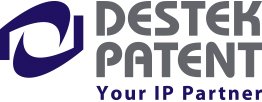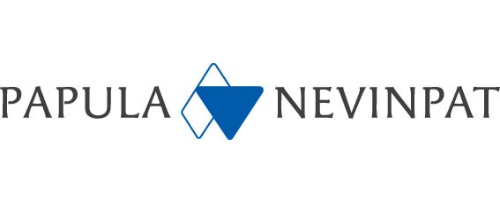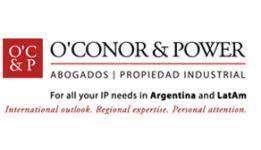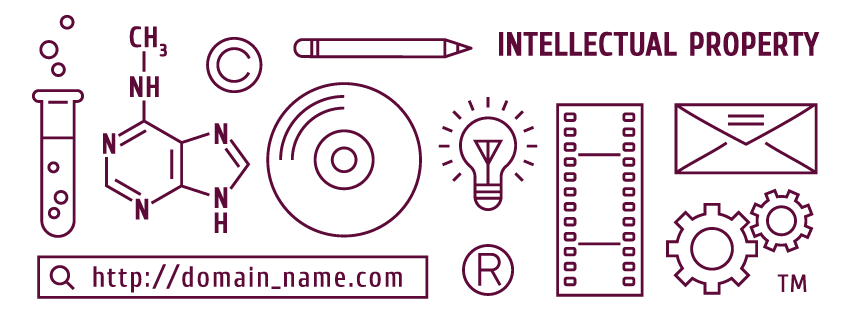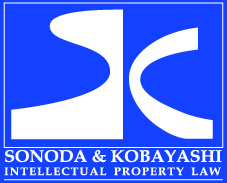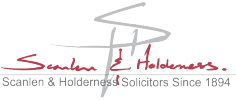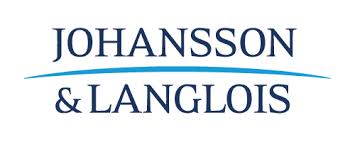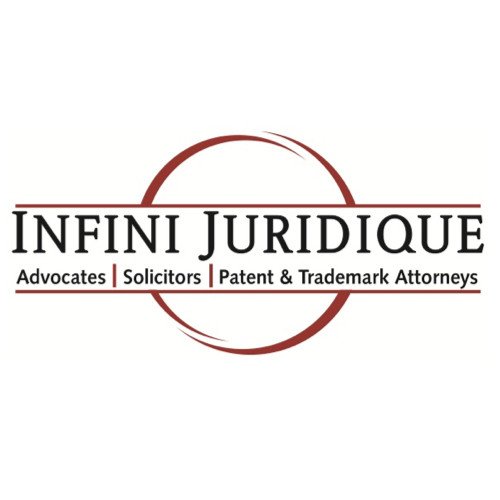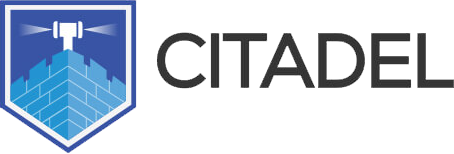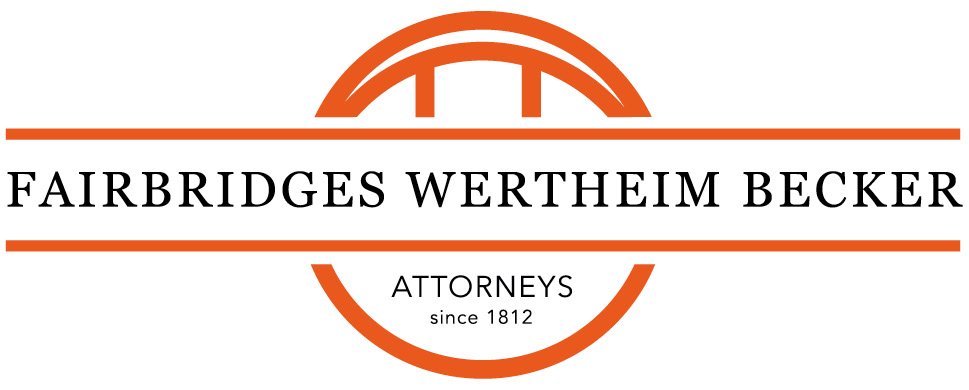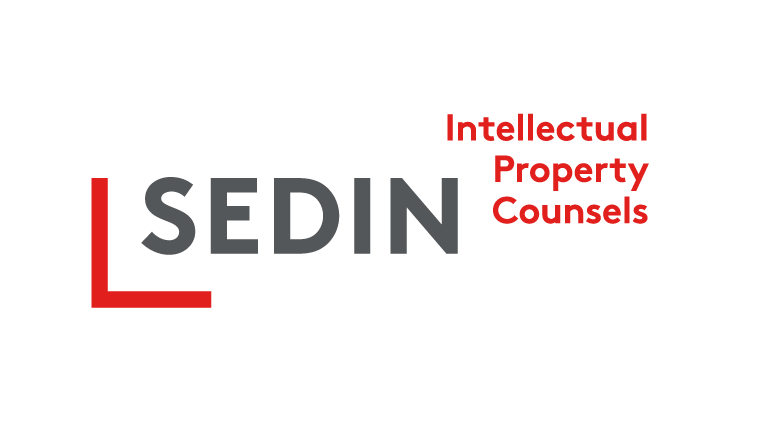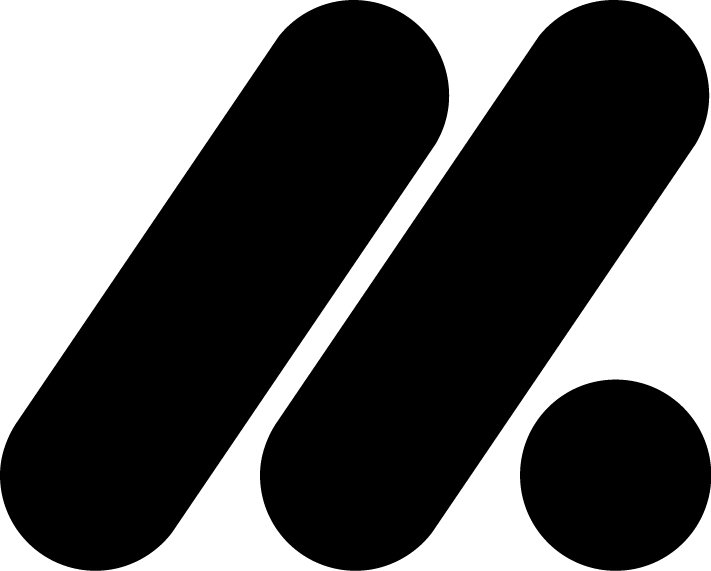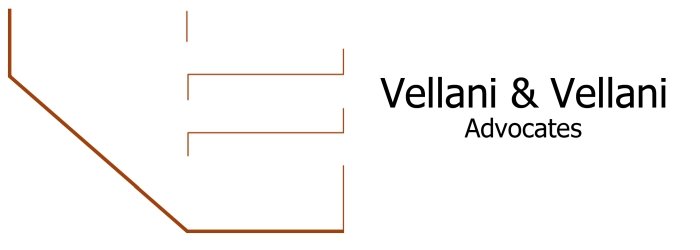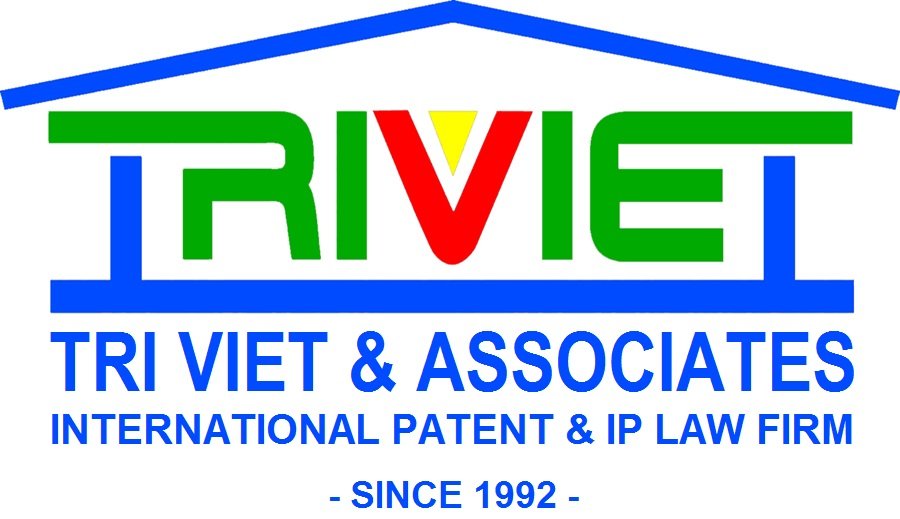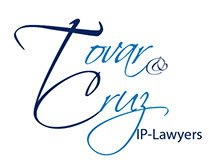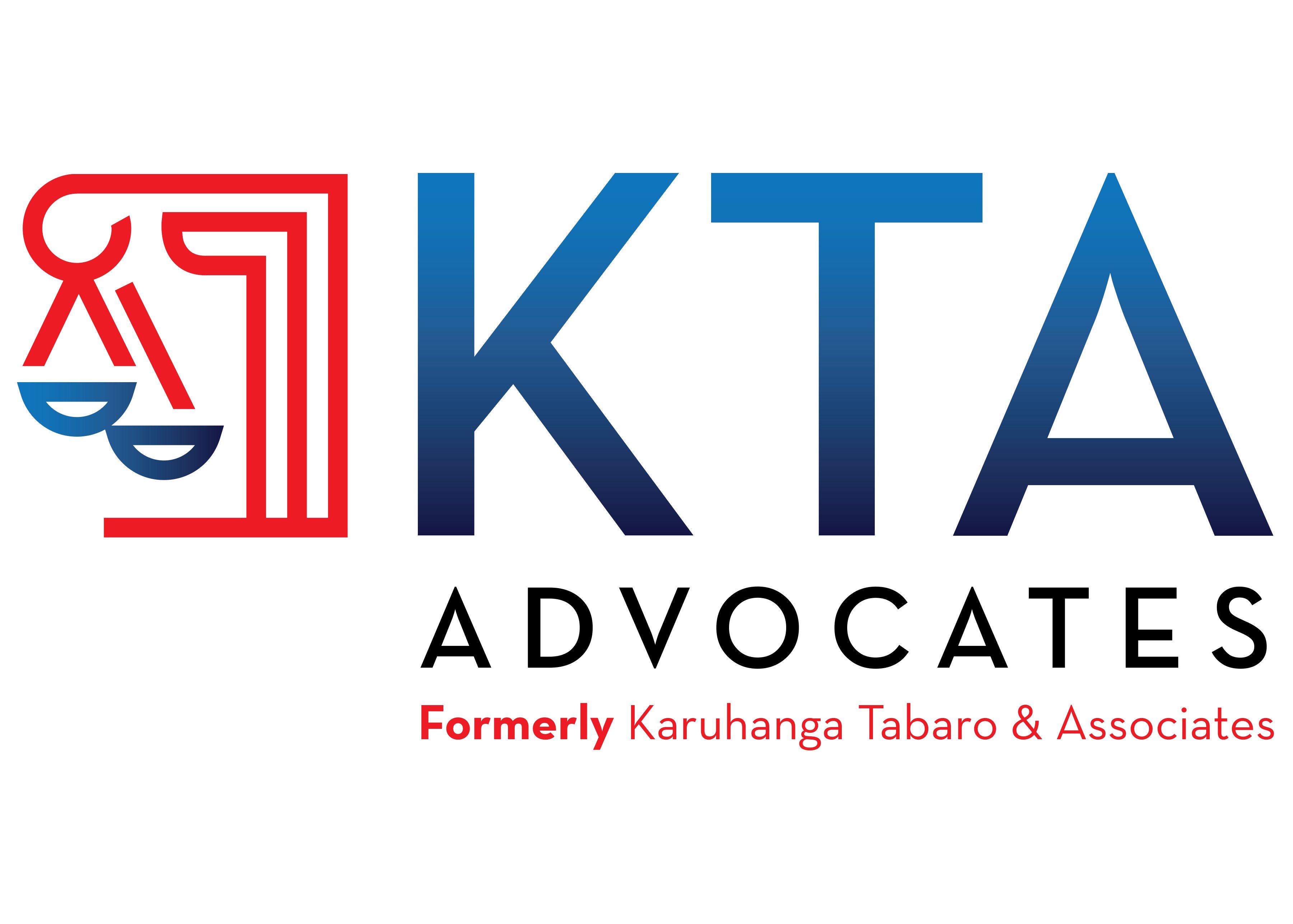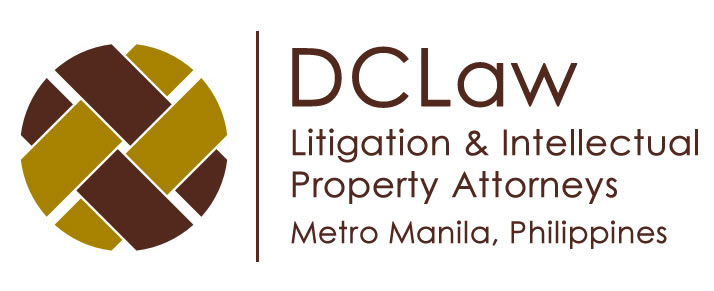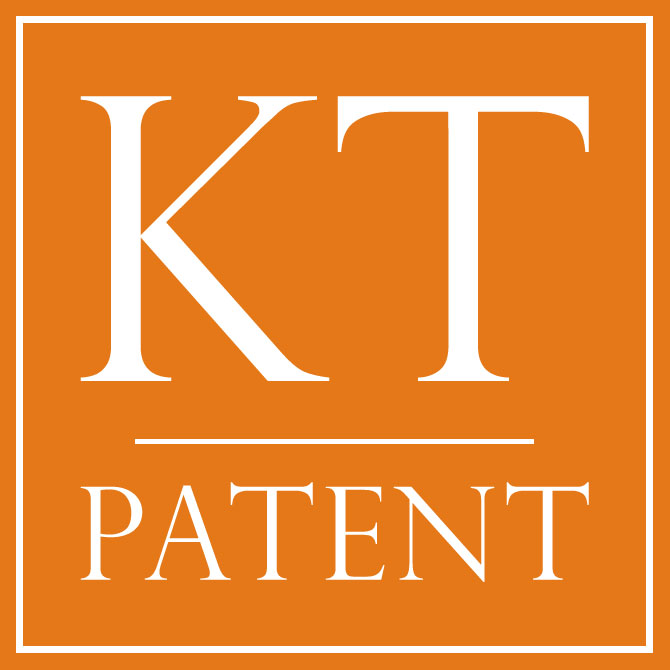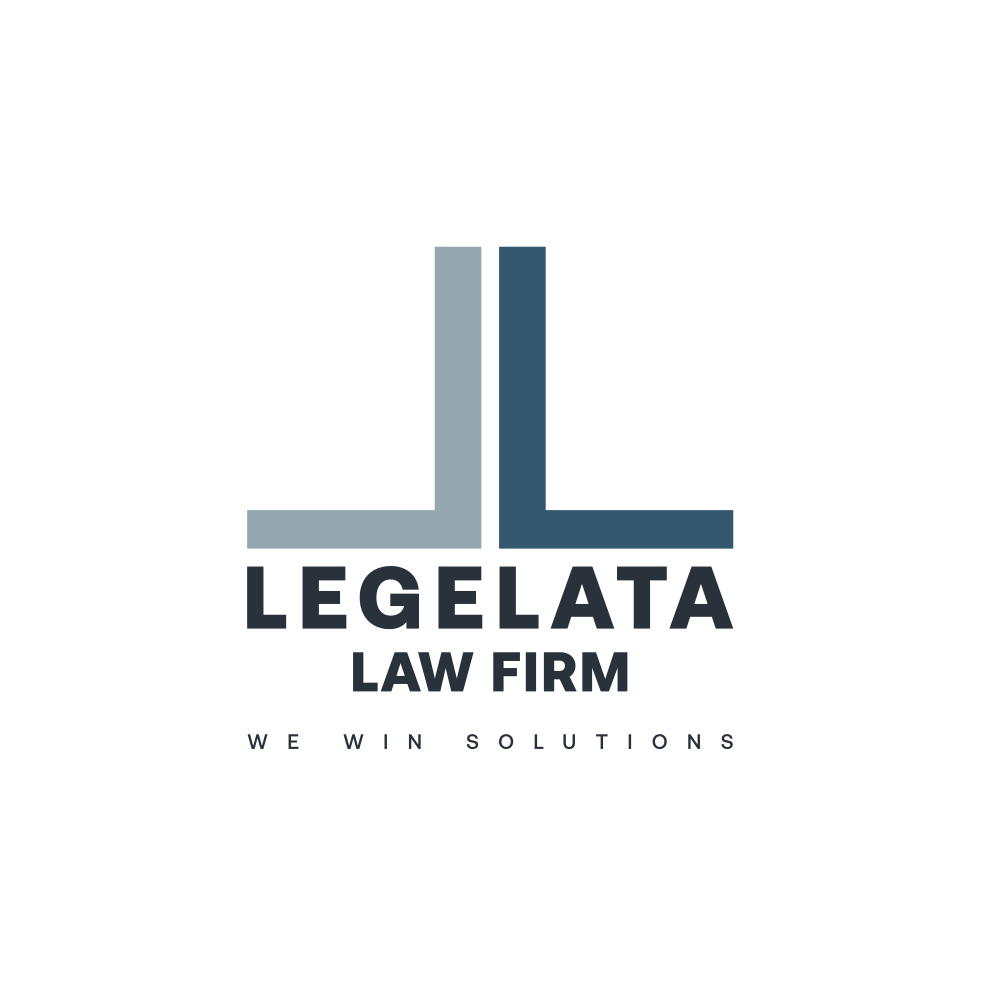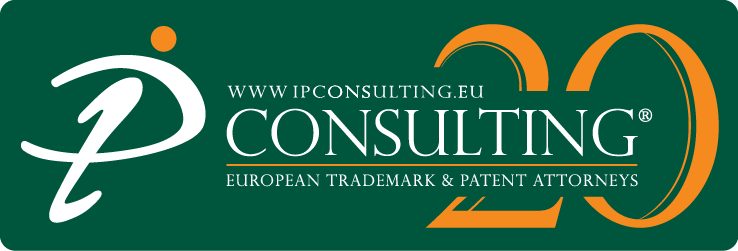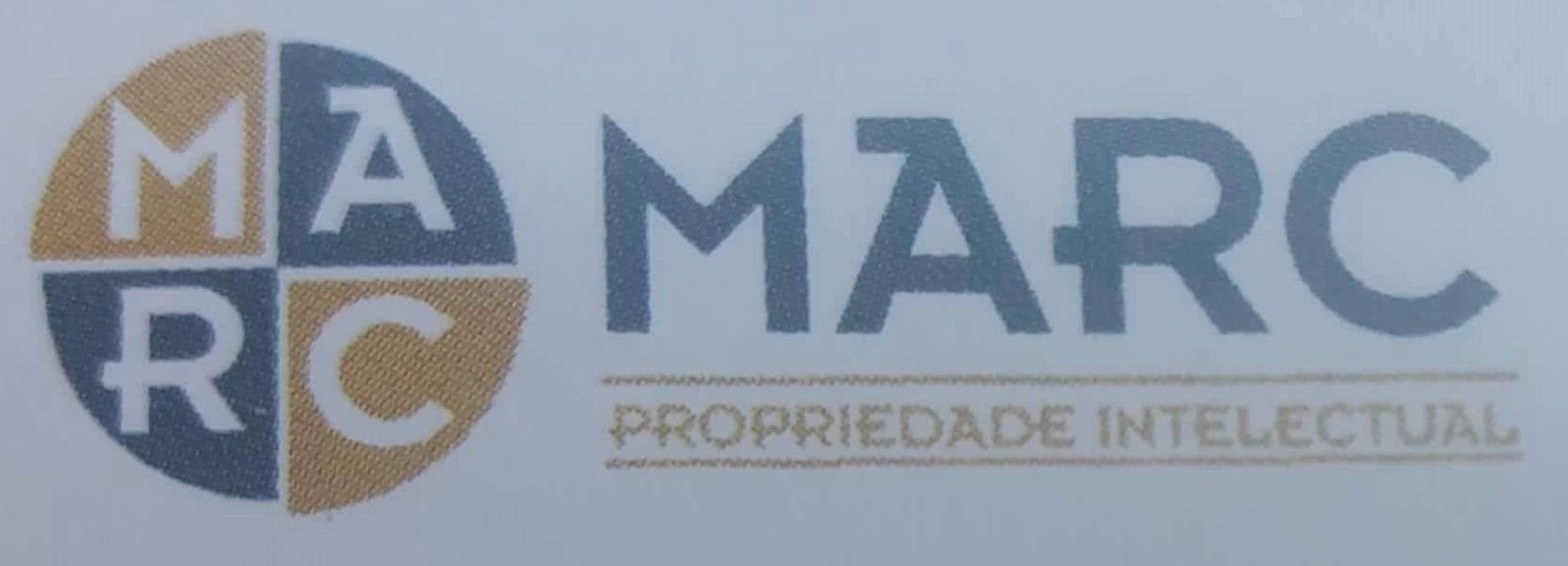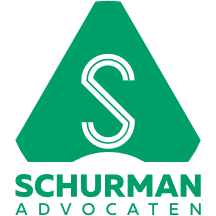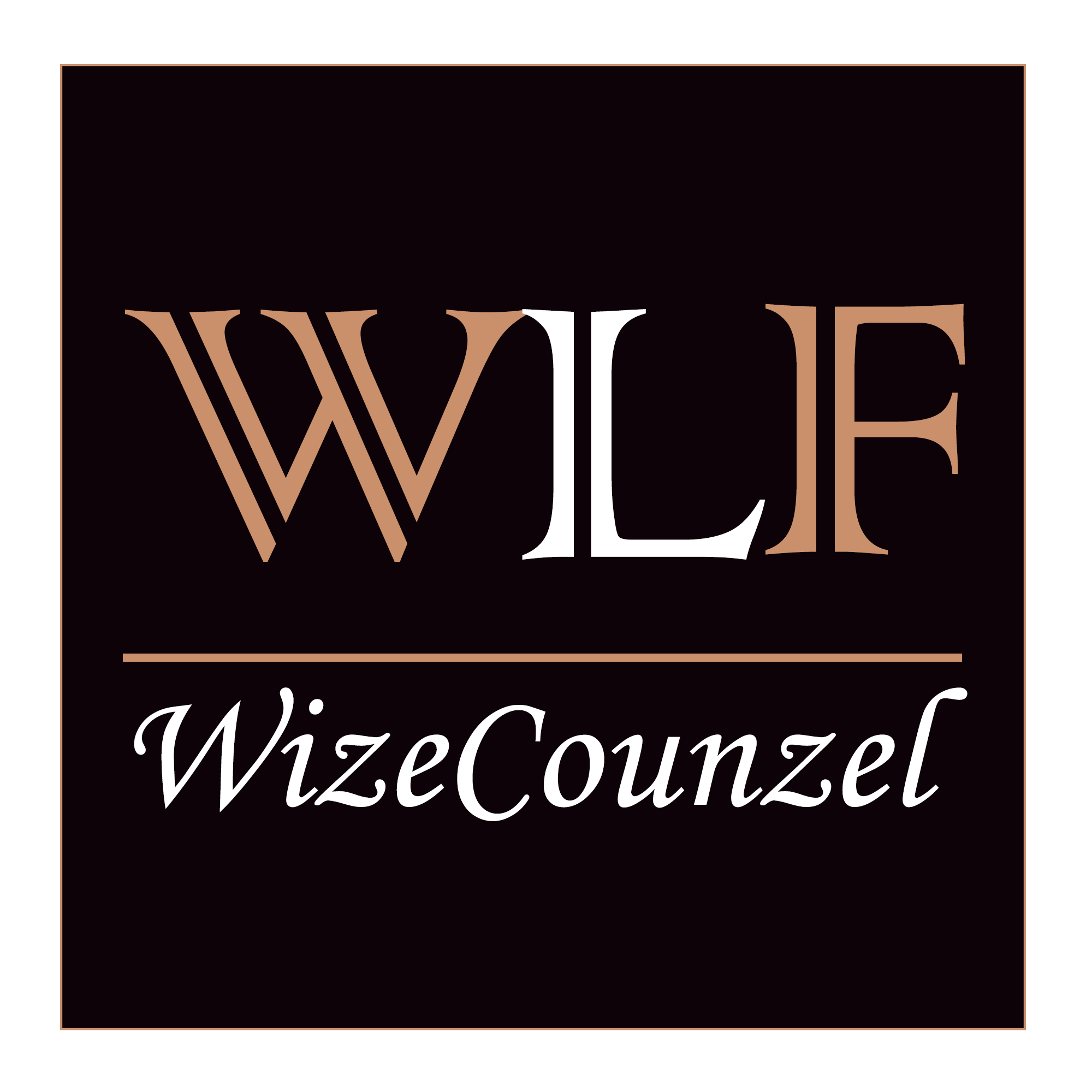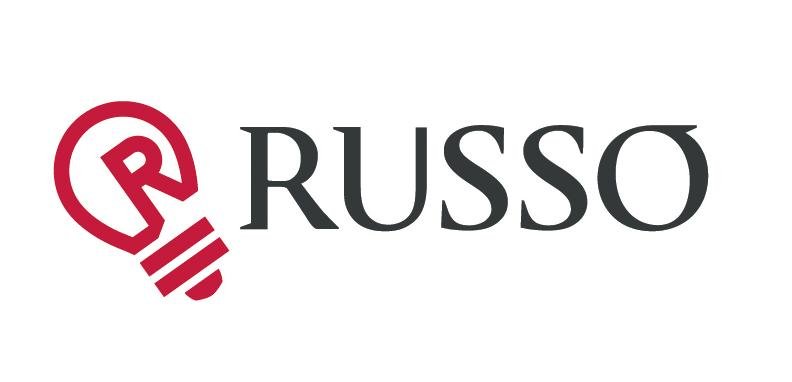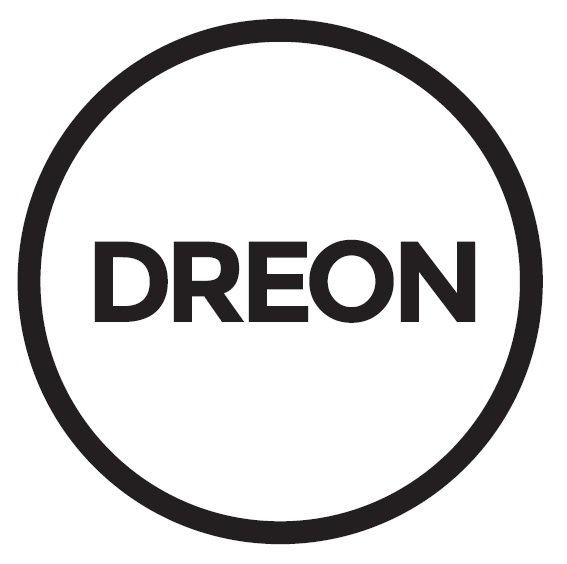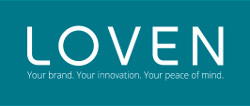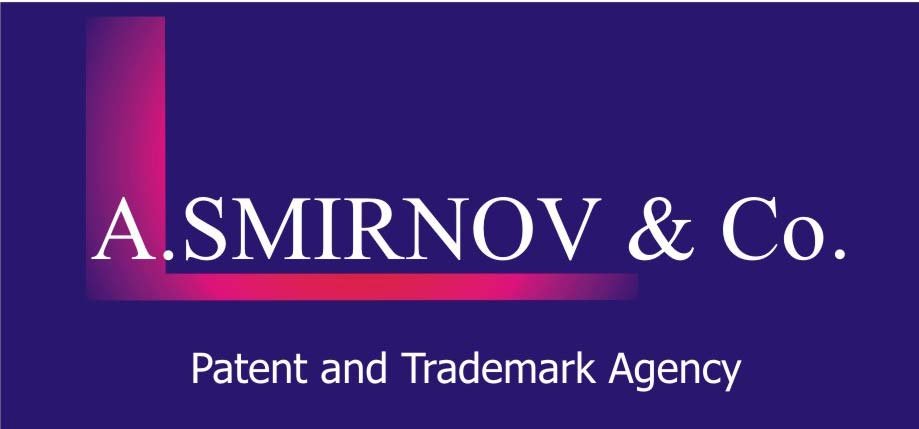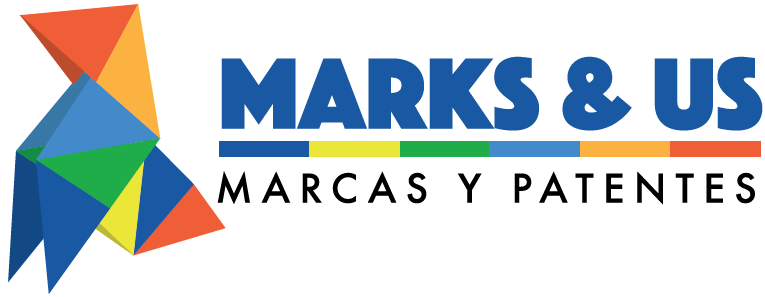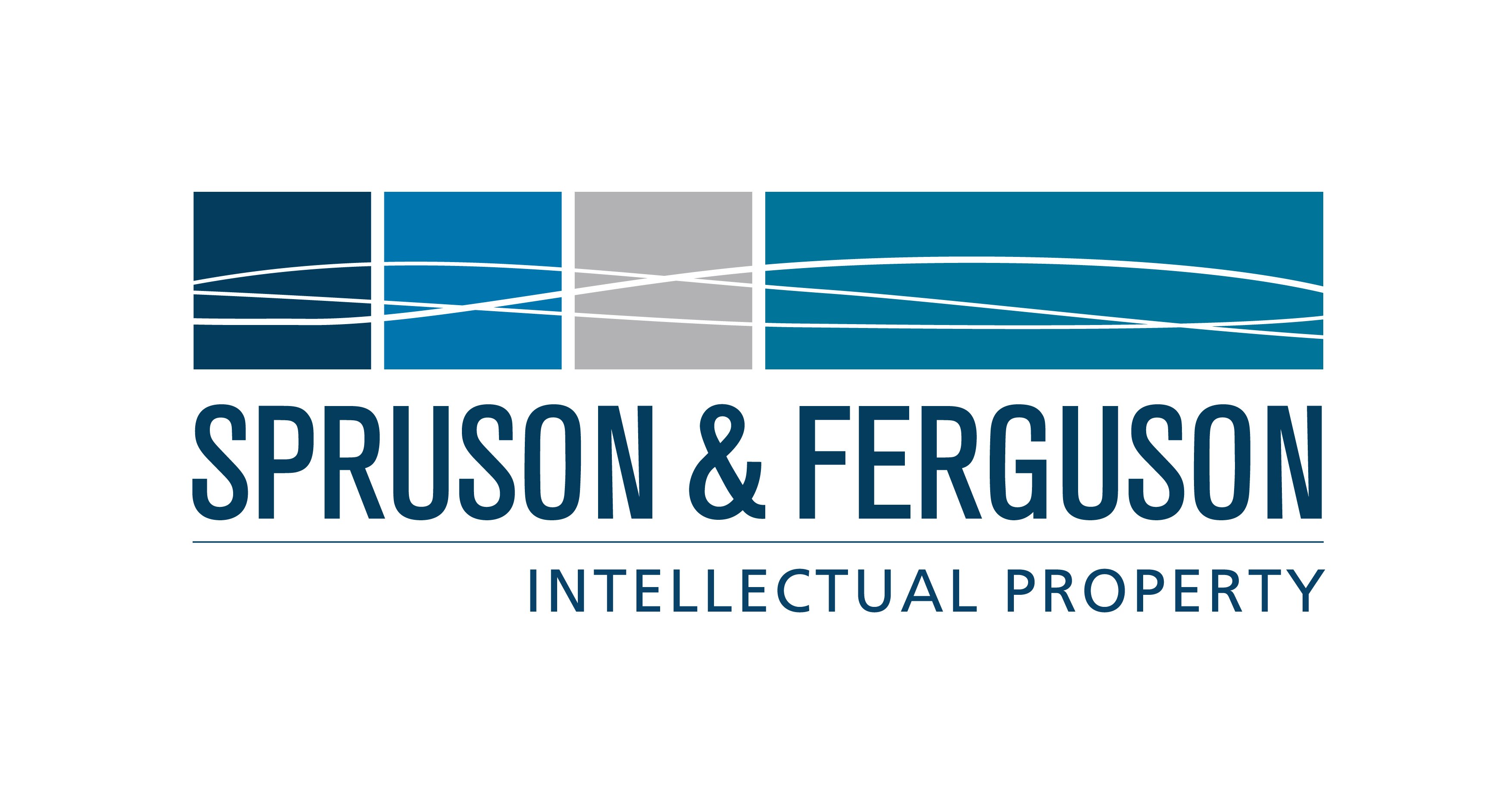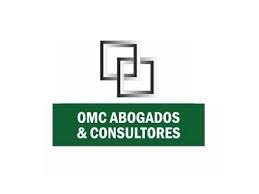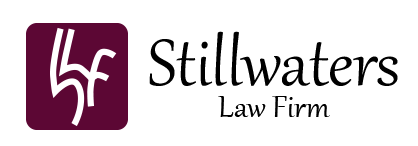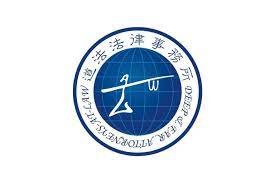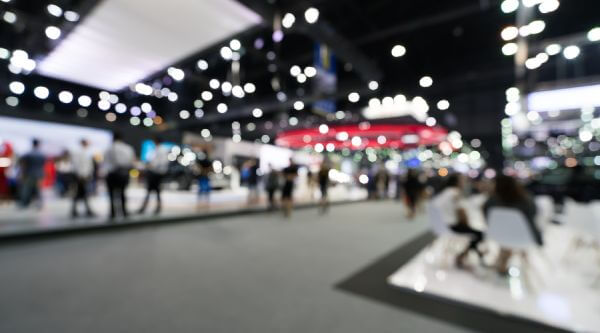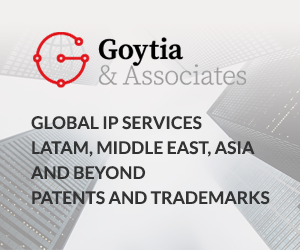The White, luxury and Premium

The consumer is undoubtedly the most important character when talking about brands and this is because brands exist in the minds of consumers and depends a lot on the idea or concept that they have to be able to choose a brand.
It’s necessary to take into account that the consumer's vision has been changing over time, the demands have been influenced by different factors such as technological evolution, which allows us to have access to the products we love so much by just clicking on a webpage, the current consumer is more carried away by the visual and the attractive, the presentations and colors are important and often the pleasure that can bring the product acquisition or positioning of a brand in the market is greater than the need that can feel the consumer to acquire the product itself or choose a particular brand.
Another factor in the choice of consumers is the price to pay, which in some cases may be higher, however at present the consumer isn’t reluctant to pay a high price in order to have a product or brand that have some popularity and quality.
All the factors detailed above are materialized in three types of brands:
White Labels: The white brands made their appearance in the 70’s and had as main objective that can be marketed products that have high quality standards but that its cost is lower than the large brands, thus seeking to generate lower costs in terms of advertising and packaging, it’s for this reason that the designs were quite simple and the color white was the one that prevailed.
Focusing on an exact definition we can say that a white brand is a product brand, usually produced by a distribution chain, supermarket or hypermarket, which use it to be able to market products at more competitive prices than other manufacturers.
The white marks had their beginnings in food products such as milk, rice or legumes and then became part of other products such as hygiene or cleaning.
In modern times the low price is not the main characteristic of the white marks, before the consumer had the idea that the white marks were of worse quality but some now are even more expensive.
The mentioned has been evidenced in the Peruvian market, as Karina Gomez points out, a marketing specialist:
"White-label buyers are thought to be linked to low socioeconomic levels; However, it is the consumers of medium and high socioeconomic levels who concentrate around 40% of the expenditure of this type of products, since they are the ones who go to the supermarkets to make their purchases in Peru.
While the importance of white brands within the basket is still low, we assume that the opening of new stores, the search for lower prices and the development of the modern channel could improve the participation of white brands within the mix of purchase of Peruvian homes. "
Supermarkets have obtained a leading role in our country in relation to white brands competing with others that seek to gain our preference. Among the most obvious examples are the Plaza Vea supermarkets, which have the BELLS brand for basic food products such as sugar, rice, oils, among others, the FLORENCIA brand for cold meats and ice cream and BOREAL for items related to cleaning products.
On the other hand, in the case of Metro and Tottus supermarkets, their brands usually refer to the name of the stores
Luxury Brands: Luxury brands are synonymous of exclusivity, which is why they have a loyal consumer audience, which stands out in luxury brands more than the price is the status and have as main objective to obtain select sales, more than looking for the quantity of sales, these brands point to the excellence in the finishing of the products and in using the best tools to obtain the best results. Originality is a constant within luxury brands, which seek to be transcendent and iconic.
Initially luxury brands were immediately related to the logo, however today there has been a variation because the abundance of logos is not the determining factor of a luxury brand, although it is true the logos are part important in the case of luxury brands, there is a greater focus on other determining factors such as differentiation and exclusivity.
According to the researches of professors Klaus Heiner, Michel Han and Glyn Atwal, luxury brands should have as their main characteristics authenticity and prestige, the aforementioned authors point out that there are different types of authenticity, one of them is called authenticity Pure and is related to brands that have a remarkable transcendence in the market, a clear example of this are the brands of recognized designers such as GUCCI, LOUS VUITTON or CHANEL, which include historical facts in their brands due to not only include related information with the date and place where they were created but also refer to the name and history of its founders. Likewise, the aforementioned authors acknowledge that the use of the image of different personalities related to brands has been used as a strategy to increase the authenticity, which they have denominated as the principle of contiguity; this principle is related to the stimuli:
The stimuli that have contiguity with others are experienced as a perceptive unit. This principle is also known as the principle of common grouping.
A characteristic feature of authenticity is to provide consumers with detailed information that includes data on the place, time and the person who made the products, which is why the sellers of these brands have extensive knowledge about the products they offer, thus convincing the public consumer of the values and characteristics that grant exclusivity to the brand and the product.
Another important element besides the authenticity is the prestige, this element goes hand in hand with the status and the social power, according to the professors Heiner, Han and Atwal there are diverse aspects that determine the perception of the prestige such as the occupation, education, income, possessions, and lifestyle.
Both Heiner and the other authors agree that luxury brands represent the desire to belong to a higher class, many of the luxury brands also seek to collaborate with each other as this generates greater credibility.
Luxury brands are not only focused on seeking a social positioning but their value transcends the monetary and focuses on an increase in the quality of life.
The British researchers Ian Yeoman and Una McMahon-Beattie develop in their article "Luxury markets and premium pricing" the different factors that motivate luxury among which stand out: (i) increase in money for free disposal, which doubled since the decade from the eighties; (ii) accumulated capital growth; (iii) increase in the level of education of the population; (iv) low interest rates; (v) consumers who make more trips, open to the world and with more experiences; (vi) more inspired and demanding consumers of a lifestyle for leisure time; and (vii) cultural change towards individualism and the willingness to do new things.
It is important to emphasize that for consumers to continue to familiarize themselves with luxury brands, they must be more accessible, so many luxury brands present different options in terms of prices, so we have the case of Mercedes Benz that developed a more basic line called A-Class and in parallel a line that represents one of the most expensive cars in the world such as the Mercedes Brabus.
Luxury brands are aimed at the public not only to those who will be consumers but also to non-consumers, this is essential because luxury brands seek to be recognized for their prestige and quality so that all they can know it but not necessarily everyone can buy products related to these brands.
Premium Brands: Premium brands are those whose price is higher in the market, however they are available to consumers, one of their objectives is that these products can be sold in bulk, it’s for this reason that brands Premium are in the expectation of what other brands do against those that compete and cares enough for the tastes and needs of the consumer public, which did not happen in the case of luxury brands because as we pointed out they seek excellence above all and serve as models and inspiration by being original, without worrying about what is happening around them.
Unlike the luxury brands developed above, premium brands use expensive quality tools but do not tend to use very exclusive materials or whose costs are excessive, being that the consumer of these products can be anyone.
It is necessary to bear in mind that consumers of premium brand products won’t have problems paying a higher price because they will obtain a better performance and functionality of the product they’re acquiring, this doesn’t happen in the case of luxury brands, since their products are acquired without thinking about the performance and there’s no link between the high price and its functionality.
An example of a premium brand is the Australian brand MJ BALE, which has created a collection called Tech-Tailoring, which is characterized by offering products of technological tailoring, these suits repel water and absorb moisture thanks to its raw material, merino’s wool, these suits are characterized by delaying the appearance of odors by their natural antimicrobial property, protecting against UV rays by their keratin and repelling dirt and dust. This brand is a clear example of a premium brand, its cost may be high, however it differs from a suit related to a luxury brand like GUCCI because it has a special performance or utility that differentiates it from other brands.
Another example of premium brand is in the automotive sector, such is the case of the brands VOLVO, TOYOTA, CHEVROLET, these brand are sold in greater quantity, unlike luxury brands such as Porsche or Ferrari, whose production to less than 6,000 cars every year.
The PREMIUM marks are not only implicitly recognized taking into account the aforementioned characteristics, but also there are different brands that explicitly include this term within their denominations and that are considered descriptive, thus forming part of the common language.
In Peru, there are different resolutions that refer to the aforementioned:
- A special case: descriptive denominations in a foreign language.
In the case of descriptive denominations in a foreign language, they will be treated as denominations in Spanish, depending on the degree of knowledge of their meaning or the need for their use by competitors so that they can compete freely in the market. In this regard, the Chamber warns the following cases:
Words that have entered the common language of the country to describe a specific product, service or activity, such as: light, premium, small, medium, large, extra-large, delivery, fashion. (...)
In this sense, a foreign language term can be considered descriptive in the following cases: if it is a denomination in a foreign language that has become part of the Spanish language, if it is understood by the public, or its use is necessary in the Import or export trade.
On the other hand, the trademark authority in Peru recognizes the term PREMIUM as a generic denomination and highlights the quality to which it refers with respect to the distinguished products:
Before carrying out the comparative examination, it is noted that the DENIM denomination that forms part of the requested sign constitutes a term in English that translated into the Spanish language means mezclilla, which is a strong fabric that is used in the making of pants, hats, uniforms, bedspreads, tapestries and sportswear. Likewise, the PREMIUM denomination constitutes a denomination used to highlight or indicate that a product or service has a quality above the average. In view of the above, it is noted that the name PREMIUM DENIM refers to the products made with the aforementioned material are of a superior quality, resulting in a generic name laudatoria, which is why it will not be taken into account in the comparative examination.
We can conclude that Premium brands and luxury brands are the new protagonists considering the factors that take into account the consumer’s opinion when choosing a product, which development – as seen in this article - has evolved, generating greater requirements.
Published on May 2 2019 by OMC Abogados & Consultores.
Actual news
How to protect trademarks against non-use effects in Switzerland
Monday January 30 2023Best Lawyers Peru published its 2020 ranking in the newspaper Gestión
Monday February 24 2020Patent Prosecution Highway (PPH)
Wednesday February 12 2020Mr. Oscar Mago is included in the 2020 ranking elaborated by Best Lawyer Peru
Thursday December 12 2019OMC Abogados & Consultores was invited to a workshop on Biopiracy
Tuesday December 10 2019ASIPI organized the XXI Work Sessions and Administrative Council 2019 in Lima
Tuesday December 10 2019Load more...
Company news & articles
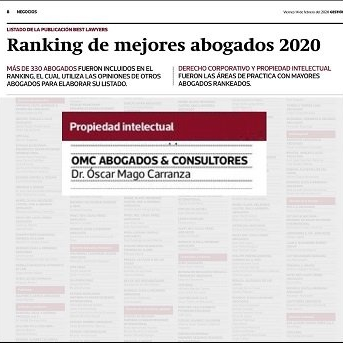
Best Lawyers Peru published its 2020 ranking in the newspaper Gestión
Monday February 24 2020 - published by OMC Abogados & Consultores
Patent Prosecution Highway (PPH)
Wednesday February 12 2020 - published by OMC Abogados & Consultores
Mr. Oscar Mago is included in the 2020 ranking elaborated by Best Lawyer Peru
Thursday December 12 2019 - published by OMC Abogados & Consultores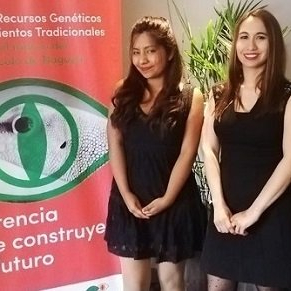
OMC Abogados & Consultores was invited to a workshop on Biopiracy
Tuesday December 10 2019 - published by OMC Abogados & Consultores



